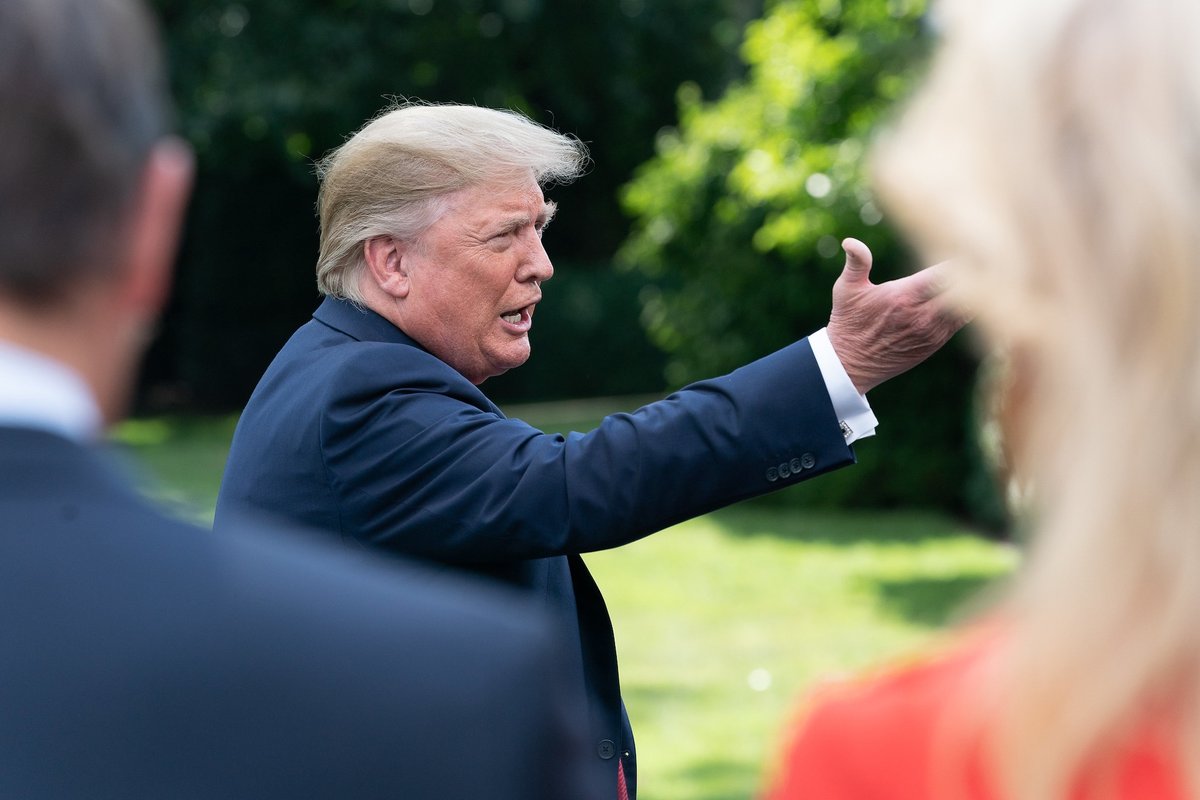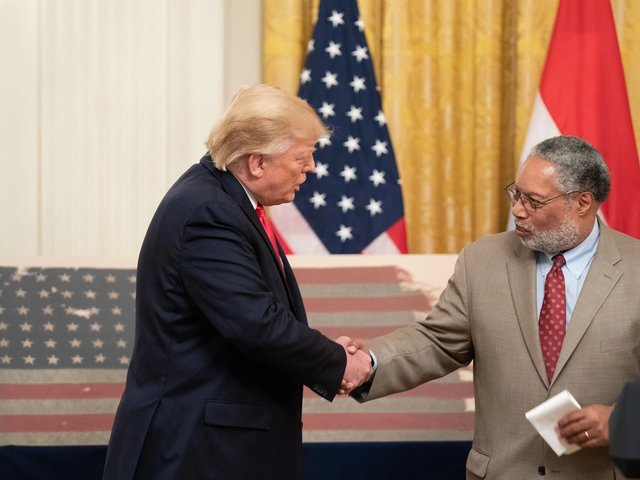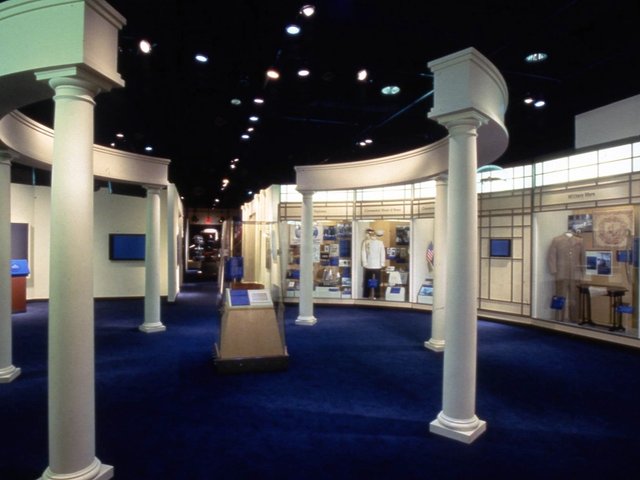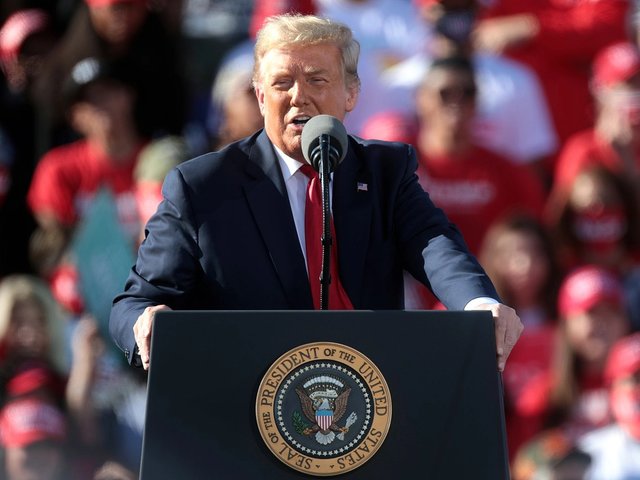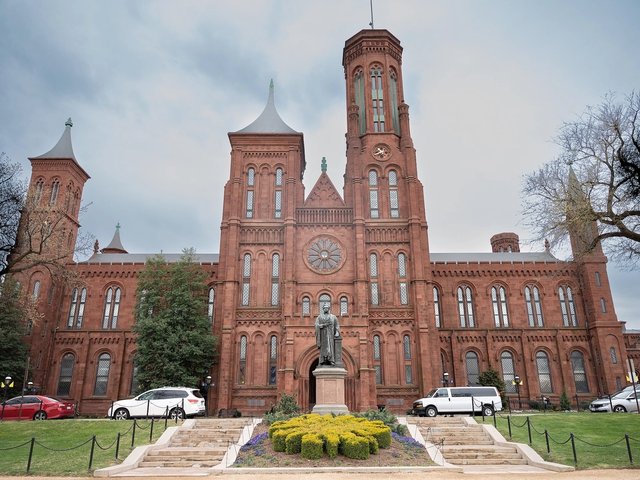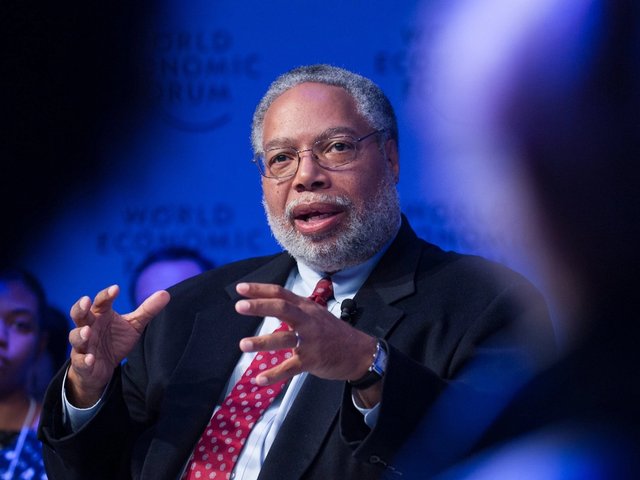A week after the White House announced it was launching a formal review of the Smithsonian Institution’s programming, US President Donald Trump took to social media to accuse the organisation of portraying the country’s history in an excessively negative light.
In a post on his social media platform Truth Social, Trump claimed yesterday that “The Smithsonian is out of control, everything discussed is how horrible our country is, how bad slavery was and how unaccomplished the downtrodden have been—nothing about success, nothing about brightness, nothing about the future”.
It is true that some institutions under the Smithsonian umbrella, like the National Museum of African American History and Culture (NMAAHC), feature exhibits about the trans-Atlantic slave trade and the institution of chattel slavery in the US. However, Smithsonian museums also celebrate Americans' innovations and achievements; NMAAHC, for instance, has an entire floor devoted to the artistic, scientific, athletic and entrepreneurial triumphs of Black Americans.
In the same post, and presumably in reference to recent funding freezes at various universities, the president wrote: “...I have instructed my attorneys to go through the museums, and start the exact same process that has been done with colleges and universities where tremendous progress has been made.” The post concludes: “We have the ‘HOTTEST’ country in the world, and we want people to talk about it, including in our museums.”
Replacing “ideologically driven language”
The president’s statement comes as the White House undertakes a four-month review of exhibitions, programmes and internal processes at eight of the Smithsonian’s 21 museums: the National Museum of American History, the National Museum of Natural History, the NMAAHC, the National Museum of the American Indian, the National Air and Space Museum, the Smithsonian American Art Museum, the National Portrait Gallery (NPG) and the Hirshhorn Museum and Sculpture Garden.
At the end of that process, according to a letter sent to Smithsonian Secretary Lonnie G. Bunch on 12 August, the museums are expected to “begin implementing content corrections where necessary, replacing divisive or ideologically driven language with unifying, historically accurate and constructive descriptions”.
The Smithsonian is the largest museum, education and research complex in the world, but it is not part of the federal government. It receives around 53% of its overall funding (which totaled $1.09bn in fiscal year 2024) via appropriations determined by the US Congress. It is governed by a board of regents that includes the chief justice of the Supreme Court, John Roberts, and Vice President J.D. Vance, a bipartisan group of lawmakers, plus leaders from the business and cultural fields.
Rallying against “growing threats of censorship”
The White House’s efforts to police Smithsonian programming have drawn sharp rebukes from groups spanning the museum field to free-speech organisations. A statement released last week by the Association of Art Museum Directors says the Smithsonian “excels when its scientists, historians and curators are able to determine the direction of their research and exhibitions—part of its great strength. We again voice our unwavering support for this institution, its mission and our dedicated colleagues who work there”.
In a more circumspect statement responding to “the growing threats of censorship against US museums”, the American Alliance of Museums warns that when “any directive dictates what should or should not be displayed, it risks narrowing the public’s window into evidence, ideas and a full range of perspectives”.
The statement adds: “This is not just a concern for select institutions. These pressures can create a chilling effect across the entire museum sector.”
In response to the White House review, the American Historical Association issued its own statement. “Historians practice our craft with integrity,” it reads in part. “Political interference into professional curatorial practices and museum and educational content places at risk the integrity and accuracy of historical interpretation and stands to erode public trust in our shared institutions.”
Hadar Harris, the managing director of Pen America’s office in Washington, DC, framed the White House’s efforts to influence Smithsonian programming within the context of the Trump administration’s broader efforts to "rewrite history”.
“The administration’s efforts to rewrite history are a betrayal of our democratic traditions and a deeply concerning effort to strip truth from the institutions that tell our national story, from the Smithsonian to our national parks,” Harris said in a statement. “The ideas and presentation of history cannot be subject to the whims of a single leader or administration.
“The jewel in the crown of US national museums, the Smithsonian, engages and employs well-respected experts to ensure the accuracy and integrity of its exhibits. Those exhibits have evolved over time to include more nuance and complexity. Curators and historians must be free to do their work without political interference.”
Echoing those concerns, the executive director of the Artists at Risk Connection, Julie Trébault, frames the White House’s efforts as threatening to curatorial independence, artistic freedom and essential national principles.
“The current administration seeks to impose an amnesic and sanitised version of American history, one that obscures the nation’s most difficult truths and erases the extraordinary artistic and cultural contributions of marginalised communities,” Trébault said in a statement.
“Such censorship is not only an attack on the Smithsonian, it is an attack on the very principles of intellectual freedom, artistic integrity and democratic dialogue. It threatens to whitewash our national cultural landscape and impoverish future generations’ ability to engage honestly with our history.”
Targeting federal arts funding
The White House’s review of Smithsonian policies and programmes, and this latest social media commentary, follow an executive order signed by the president in March. The document directed Vance to remove the Smithsonian’s allegedly “divisive, race-centered ideology” and deny funding to any exhibitions or artworks that “degrade shared American values”.
In response to that executive order, Bunch wrote an internal memo to Smithsonian staff that read in part: “As always, our work will be shaped by the best scholarship, free of partisanship, to help the American public better understand our nation’s history, challenges and triumphs.”
Subsequently, Trump targeted the NPG, attempting to fire its director Kim Sajet in May (she resigned two weeks later). The artist Amy Sherald later cancelled the installment of her travelling survey exhibition at the NPG, claiming the museum had sought to remove her painting Trans Forming Liberty (2024)—a portrait of a non-binary transgender person posing as the Statue of Liberty—to avoid a possible confrontation with the Trump administration.
Trump has targeted other channels for federal arts funding too, from attempting to eliminate the Institute of Museum and Library Services, to pushing the chair of the National Endowment for the Humanities, Shelly C. Lowe, to step down. He has also sought to redirect federal cultural agencies' funds toward his own interests, from initiatives to celebrate the 250th anniversary of the signing of the Declaration of Independence in 2026, to the construction of the so-called "National Garden of American Heroes".


